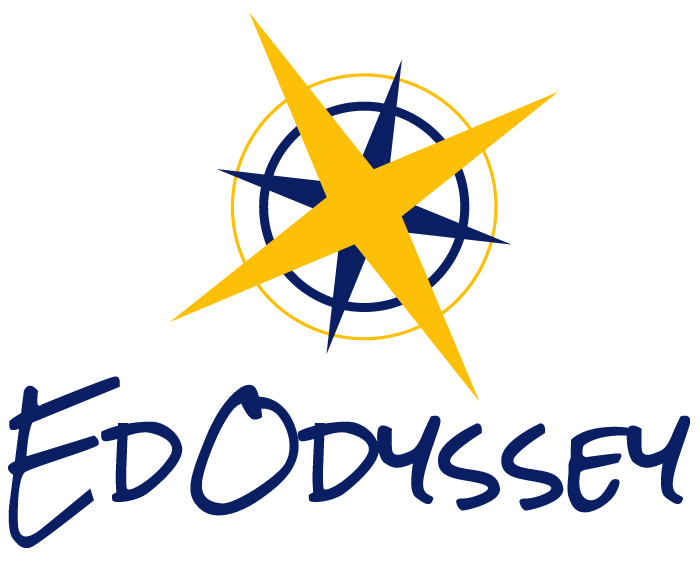Blog
Why Study In Peru?
Lima has taken the natural beauty of existing landscape and it given it a modern twist and the inhabitants of the city have taken traditional Peruvian foods and fused it with existing flavors from other parts of the world.
Understanding The Keys of Peruvian Culture: Landscape and Diversity
Our desire to share Peru’s unique beauty with the world comes from our own life-changing experiences there, and we believe that it will change yours too.
Search previous blogs here.
